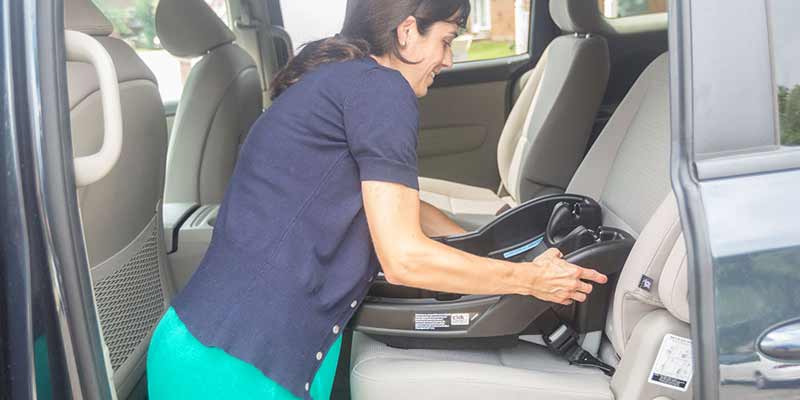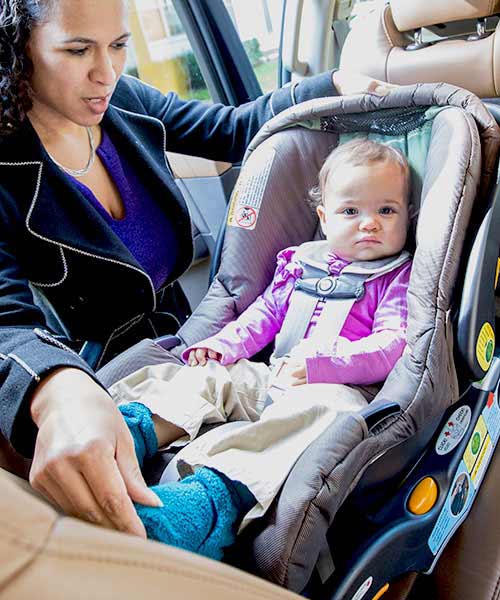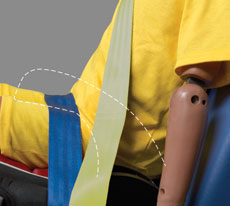Children are safest when riding in the correct type of restraint for their size and age and when the restraint is used correctly.
Rear-facing child restraint: This type of seat is for infants and toddlers. Young children should sit rear-facing as long as possible, until they grow too big for the restraint’s height or weight limit. That may not happen until age 2 or older. You can find height and weight limits in the owner’s manual that comes with your seat and also on the label affixed to the seat.
Never put a rear-facing restraint in the front seat. With the child’s head close to the dashboard, the force of an inflating front airbag could be deadly.
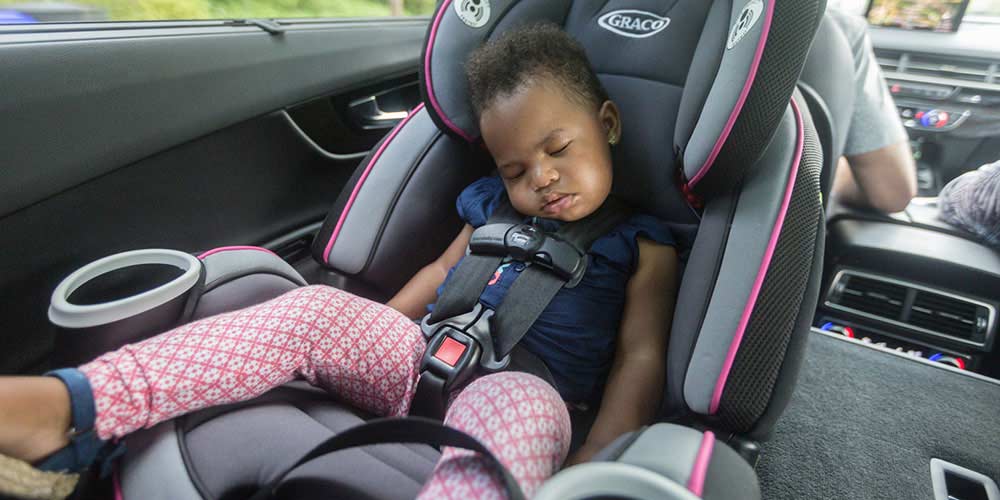
Forward-facing child restraint: Once a child is too big for a rear-facing restraint, it’s time for a forward-facing restraint. Children can ride in these harness-equipped seats from about age 2 to 7 years. This type of restraint should also be used as long as possible, up to the height or weight limit of the child restraint. Some forward-facing seats have weight limits as high as 90 pounds.

Booster seat: Kids too big for child restraints should use belt-positioning booster seats until adult belts fit right. For some kids, that’s not until age 12.
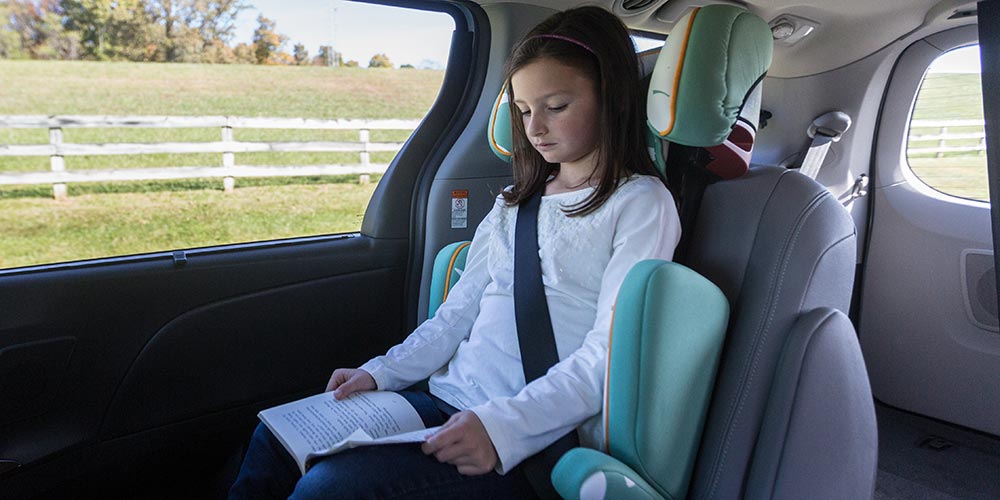
Boosters are intended to be used with lap/shoulder belts. In the U.S., such belts have been required in all rear seating positions since 2007. If a child needs to ride in a vehicle that only has a lap belt available, it’s best to use a child restraint with a built-in harness. If that’s not possible, it’s still safer to use the booster with the lap belt than to restrain the child with the lap belt alone (Kirley et al., 2009).
Seat belt: To use seat belts, NHTSA recommends that children should be able to keep their back against the seat, with their knees naturally bent over the seat edge and their feet flat on the floor.
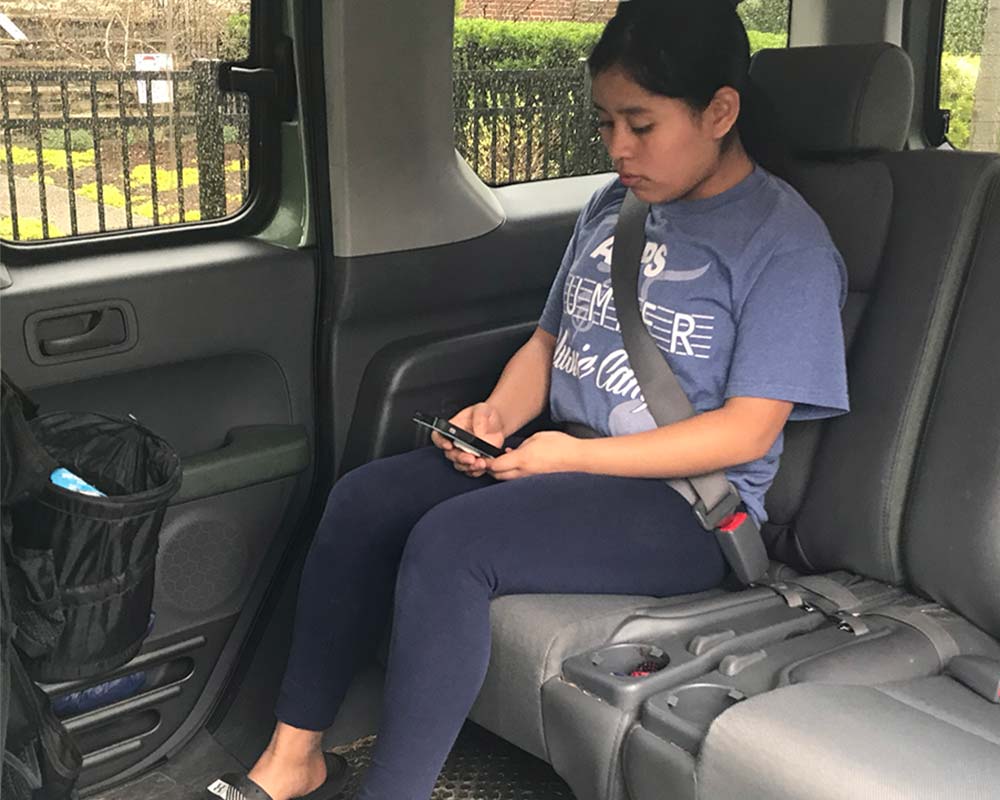
Once tweens or teens graduate to seat belts, remind them of proper use. Don’t let kids put the shoulder belt behind their back or under an arm, where it provides no protection at all. Make sure children ride restrained in back at least through age 12.
